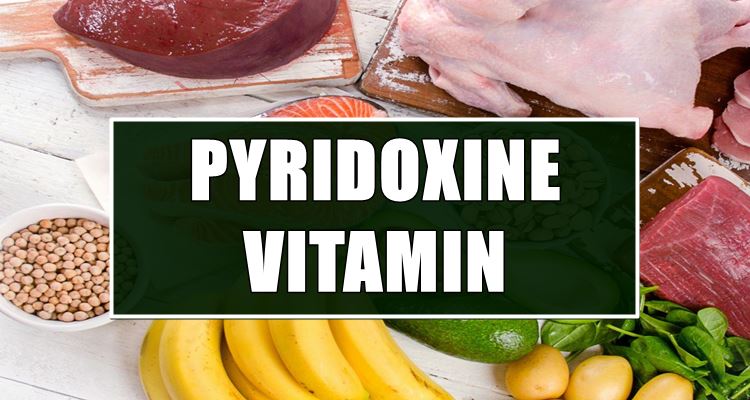This is what a pyridoxine vitamin is and its best sources.
PYRIDOXINE VITAMIN – Vitamin B6 or also called the pyridoxine vitamin has these benefits and these are the foods that naturally have this kind of vitamin.
The B vitamin has eight types and the B vitamin is essentially something the body needs for proper cell functioning.

The eight types of B vitamin are the following:
- thiamin (vitamin B-1)
- riboflavin (vitamin B-2)
- niacin (vitamin B-3)
- pantothenic acid (vitamin B-5)
- vitamin B-6
- biotin (vitamin B-7)
- folate (vitamin B-9)
- vitamin B-12
These eight types of vitamin B have respective roles, significant roles, to keep the body healthy. And specifically in this article, we will be diving down to one particular type – the vitamin B-6 or also called the pyridoxine vitamin.
It is a water-soluble vitamin and something that the body does not naturally store. Any excess passes out through urine which means, we need to consume foods that have this naturally because we need this. We need this every day.
The RDA or the Recommended Dietary Allowance for men according to age is in the guideline below:
- 14-50 years – 1.3 mg daily
- 51+ years – 1.7 mg
For women:
- 14-18 years – 1.2 mg
- 19-50 years – 1.3 mg
- 51+ years – 1.5 mg
And for pregnant women and lactating moms, they need1.9 mg mcg and 2.0 mg, respectively.
According to a post from Harvard, the following foods are the best sources of this vitamin:
- Beef liver
- Tuna
- Salmon
- Fortified cereals
- Chickpeas
- Poultry
- Vegetables like dark leafy greens
- Fruits like bananas, papayas, oranges, and cantaloupe
There are actually studies that have proven already the effectiveness of this vitamin in preventing certain diseases. It may also help improve certain health conditions like heart and blood vessel disease and stroke.
It may also help some early pregnancy symptoms like morning sickness by reducing its severity. This vitamin can also help reduce symptoms of premenstrual symptoms or PMS and is effective in treating sideroblastic anemia, a genetic type of anemia.
READ ALSO:
- Connective Tissue – Its Different Types and Its Function
- Digestion Process – The Digestive System Process
What can you say about this? Let us know!

